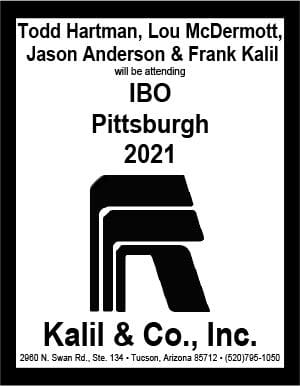
Knowing the difference between a conforming and non-conforming billboard will keep you out of trouble with regulators. Here’s a short course on conforming and non-conforming out of home advertising signs.
What’s a conforming sign?
A conforming out of home advertising sign is lawfully erected and in compliance with federal, state and local laws and regulations.
What’s a non-conforming sign?
A non-conforming out of home advertising sign was lawfully erected in the past but does not comply with laws or regulations adopted at a later date. This can be a problem in urban centers which have adopted strict sign codes over time. Here’s a quote from OUTFRONT’s 2021 10k: We estimate that approximately 75% of our billboard structures in the United States are “legal nonconforming” billboards, meaning they were legally constructed under laws in effect at the time they were built and remain legal to operate, but could not be constructed under current laws.
Why does it matter?
Most sign codes allow you to maintain a non-conforming sign but you can’t alter or replace it. This means you can’t
- increase the billboard’s size
- increase the billboard’s height
- add a back face
- convert the structure from wood to steel
- add supports or bracing
- change the location of the billboard
- convert a static billboard to a trivision or digital
- add lighting
Can you repair and maintain a non-conforming structure?
Customary repair and maintenance are permitted. There’s often a 25% rule to determine what’s acceptable: a repair is permitted so long as it doesn’t involve more than 25% of the sign during a one year period. This means you can:
- clean and paint the structure
- replace nuts and bolts
- replace burned out lights.
- replace structural components with a similar material so long as it doesn’t involve more than 25% of the sign.
When does a non-conforming sign have to come down?
A non-conforming sign must usually come down if it is:
- abandoned
- destroyed. Indiana says a sign is destroyed if more than 50% of sign’s wooden supports must be replaced or if more than 30% of the sign’s metal must be replaced.
- lacks advertising or has a space available ad for 12 consecutive months. Billboard Insider heard of a sign in Florida which regulators forced down because it was vacant for a year.
Tips for staying out of trouble.
- Non-conforming rules vary by state and municipality. Read your state and local rules. Indiana, for example allows, you to replace old inefficient billboard lights with new high efficiency lights and to add catwalks, handrails and safety equipment to a billboard without violating non-conforming status.
- Be proactive about maintaining non-conforming signs. Use the 25% rule to keep your billboard structures in good repair.
- If you have a good relationship with your regulator ask before doing major work on a non-conforming sign.
Do you have a non-conforming sign story or a tip for maintaining non-conforming signs? Email davewestburg@billboardinsider.com or use the form below.
[wpforms id=”56784″]
Paid Advertisement

















